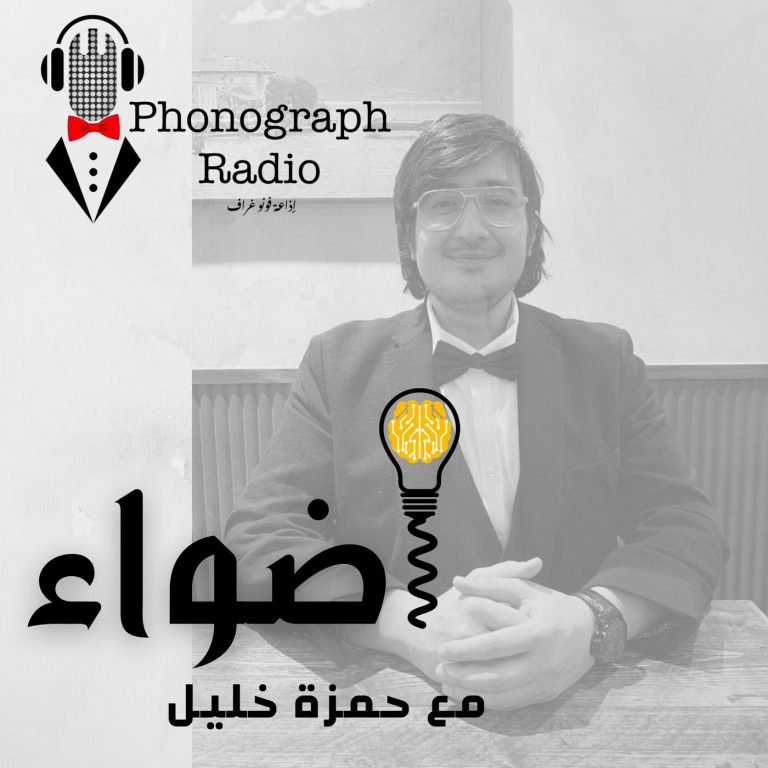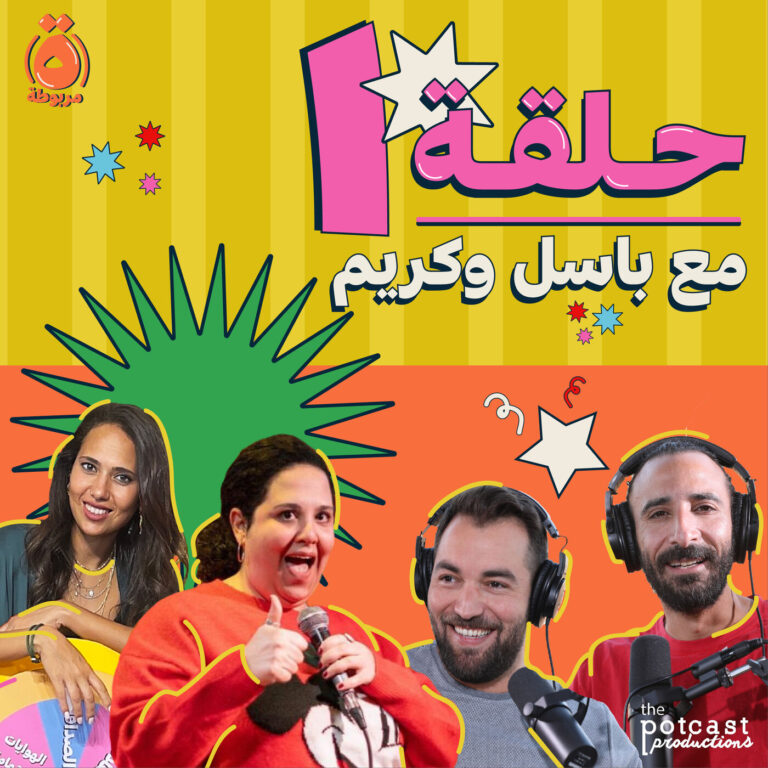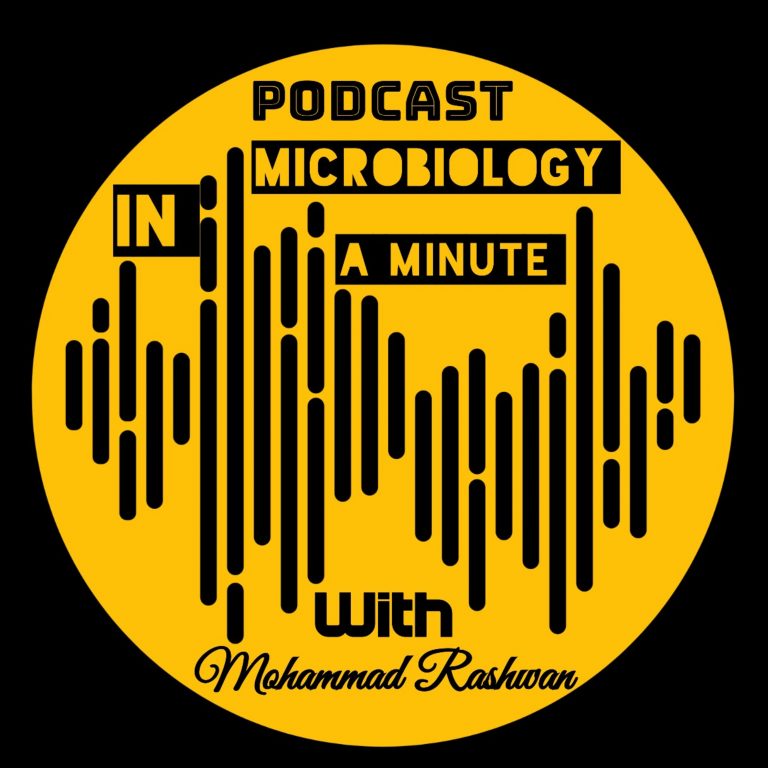الطلبة الموهوبون ذوي صعوبات التعلم من اكثر الفئات المهملة والتي لها وضعها الخاص.
من هم هؤلاء الطلبة؟ و ما هي تحدياتهم؟
المصادر:
[1] B. J. Gilman et al., “Critical Issues in the Identification of Gifted Students With Co-Existing Disabilities: The Twice-Exceptional,” SAGE Open, vol. 3, no. 3, p. 215824401350585, 2013, doi: 10.1177/2158244013505855. [2] D. Sharma, “Academically Talented and Creatively Learning Disabled: How They differ on Achievement Motivation and Cognitive Style,” Educational Quest- An International Journal of Education and Applied Social Sciences, vol. 4, no. 3, pp. 181-186, 2013, doi: 10.5958/j.2230-7311.4.3.016. [3] N. Yssel, C. Adams, L. S. Clarke, and R. Jones, “Applying an RTI Model for Students with Learning Disabilities Who are Gifted,” TEACHING Exceptional Children, vol. 46, no. 3, pp. 42-52, 2014, doi: 10.1177/004005991404600305. [4] C. Buică-Belciu and D.-V. Popovici, “Being Twice Exceptional: Gifted Students with Learning Disabilities,” Procedia, social and behavioral sciences, vol. 127, pp. 519-523, 2014, doi: 10.1016/j.sbspro.2014.03.302. [5] C. Wormald, K. B. Rogers, and W. Vialle, “A Case Study of Giftedness and Specific Learning Disabilities: Bridging the Two Exceptionalities,” Roeper Review, vol. 37, no. 3, pp. 124-138, 2015, doi: 10.1080/02783193.2015.1047547. [6] M. Foley Nicpon, A. Allmon, B. Sieck, and R. D. Stinson, “Empirical Investigation of Twice-Exceptionality: Where Have We Been and Where Are We Going?,” The Gifted child quarterly, vol. 55, no. 1, pp. 3-17, 2010, doi: 10.1177/0016986210382575. [7] J. Josephson, C. Wolfgang, and R. Mehrenberg, “Strategies for Supporting Students Who Are Twice-Exceptional,” Journal of Special Education Apprenticeship, vol. 7, no. 2, 2018. [Online].[8] E. Beckmann and A. Minnaert, “Non-cognitive characteristics of gifted students with learning disabilities: An in-depth systematic review,” Frontiers in psychology, vol. 9, p. 504, 2018, doi: 10.3389/fpsyg.2018.00504. [9] D. L. S. Maddocks, “The Identification of Students Who Are Gifted and Have a Learning Disability: A Comparison of Different Diagnostic Criteria,” The Gifted child quarterly, vol. 62, no. 2, pp. 175-192, 2018, doi: 10.1177/0016986217752096. [10] R. D. Mayes and J. L. Moore, “Adversity and Pitfalls of Twice-Exceptional Urban Learners,” Journal of Advanced Academics, vol. 27, no. 3, pp. 167-189, 2016, doi: 10.1177/1932202X16649930. [11] C.-W. Lee and J. A. Ritchotte, “Seeing and Supporting Twice-Exceptional Learners,” The Educational Forum, vol. 82, no. 1, pp. 68-84, 2018, doi: 10.1080/00131725.2018.1379580. [12] M. Bianco, “The Effects of Disability Labels on Special Education and General Education Teachers’ Referrals for Gifted Programs,” Learning disability quarterly, vol. 28, no. 4, pp. 285-293, 2016, doi: 10.2307/4126967. [13] M. Bianco and N. L. Leech, “Twice-Exceptional Learners: Effects of Teacher Preparation and Disability Labels on Gifted Referrals,” Teacher education and special education, vol. 33, no. 4, pp. 319-334, 2010, doi: 10.1177/0888406409356392.






